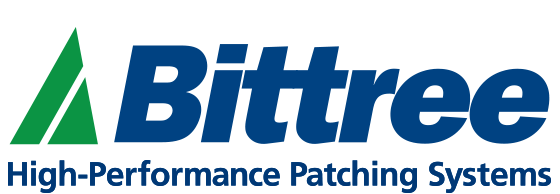Posted in patchbay
Today we tackle the topic of patch panels! Does your studio have cables running all over the place that you plug into the front and rear of your equipment, as you need to make changes? Do you have issues with grounding and don’t know what end of the cable to check to track it down? You’ve probably been putting off buying that professional patch bay more than likely due to the historical cost. Times have changed and you can buy a professional patch bay that has all the rad features you need without the high cost that is typically associated with that type of equipment.

If you take your craft seriously and take care to avoid pesky ground hums, you should definitely have a pro patch panel for all of your equipment inputs and outputs to land. Your signal is only as strong as the weakest link and if your setup is solid, that weakest link must not be weak at all. Troubleshooting that hum or signal problem can be time-consuming and as we all know, time is money in this business. Spending that extra hour or so running down your signal issue could be the difference between delivering your project on time and not.
So how do we tackle this issue? Well, first you need to count up all of your inputs and outputs and use an Excel template to layout your patchbay. After you have the outputs all spread out on the top row and all of your inputs on the bottom row you’ll know how many patch panels you need. Now you need to determine the signal flow type for each point. For instance, line outputs of equipment need to normal into line inputs of your I/O’s, mic lines need to normal to your mic preamp inputs and so on. These connections should be half normalled meaning that the signal normally goes from top to bottom but when you insert a patch cord in either the top or bottom jack, the signal flow is broken. Say a mic line comes up on the top row, jack number one. If it’s half normalled, the signal flows down to the jack right below it but when you plug in a cord to that mic line, you break the connection to the bottom jack and you can now reroute it anywhere you want. It’s half normalled. In some cases, you might want to fully normal a patch point. By this, we mean that no matter what you patch into, the signal on the point on the top row ALWAYS flows to the one directly below it. Those patch points are fully normalled. When you order your patch panels, you want to specify how you want them built. The great news is that manufacturers such as Bittree offer patch panels that are fully programmable so you don’t have to commit to either half normalled or fully normalled. You can change your mind and reconfigure your patchbay at any time just by removing the label strip and moving a few shunts around.
Regardless of manufacturer, it is always advisable to go with a patchbay that is flexible rather than one that is hard wired to one configuration or another. There are lots of patch panel manufacturers out there and lots of options available. In order to be able to lift the ground at either the source or the destination end of a signal path might be the difference in solving your grounding issue quickly or spending several hours hunting it down.
Subscribe to our newsletter and always be the first to hear about what is happening.
© 2025 Bittree

Jack Field
Author